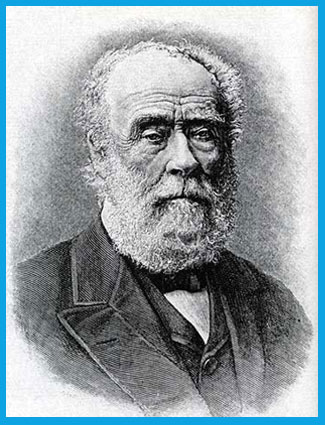Before the first world war,the need for interchangeability of product components was felt. To ensure interchangeability limit gauges – plain and threaded were required to be developed. The first thread was developed accidentally by Sir Joseph Whitworth. As the story goes, he was filing a log of wood, when his hand slipped resulting in the creation of an angular groove in the wood.
This set him thinking and he invented first thread form (55°), which was named as Whitworth thread. He was the pioneer who standardized screw threads, which are named after him.
Components using various types of threads have been developed, for various end uses. Presently Metric (60°), Unified (60°), Whitworth (55°), BA (47.5°), BS cycle (60°) , ACME (29°), trapezoidal(30°), Standard Buttress (7°/ 45°), NPT/NPTF (60°), BSP, BSPT (55°) are popularly used. Accordingly, gauges to check these thread types have been developed.

Important aspects of gauges are:
| Thread type | Close fit | Medium fit | Free fit |
|---|---|---|---|
| Metric | Class 4,5 | Class 6 | Class 7,8 |
| Unified | Class 3 | Class 2 | Class 1 |
| Whitworth | Close | Medium | Free/normal |
Gauges are precision equipment for checking components and must be used with great care.
It is very difficult to predict gauge life. Gauges used against cast iron, aluminium have faster wear due to lapping effect. Stainless/duplex have a galling effect . Gauge life can certainly be improved by proper use and care of the gauges as defined above. Troubleshoot Gauges.
It is essential to maintain proper record of gauge use, and keep an eye on the wear. As gauges are checking equipment, these must be replaced as soon as the wear limit is reached. Wear check plug gauges should be used to check the wear limit of the ring gauges. As soon as wear check plug (WCP) enters the ring gauge, the rig gauge must be replaced. Similarly, Wear check ring (WCR) gauge should be used to check the wear of thread plug gauges. Normally WCP and WCR are used to check Go-ring and Go-plugs as there is less wear on No-go gauges
2018 © SIZE CONTROL. ALL Rights Reserved. Designed & Hosted by Cybridge.in